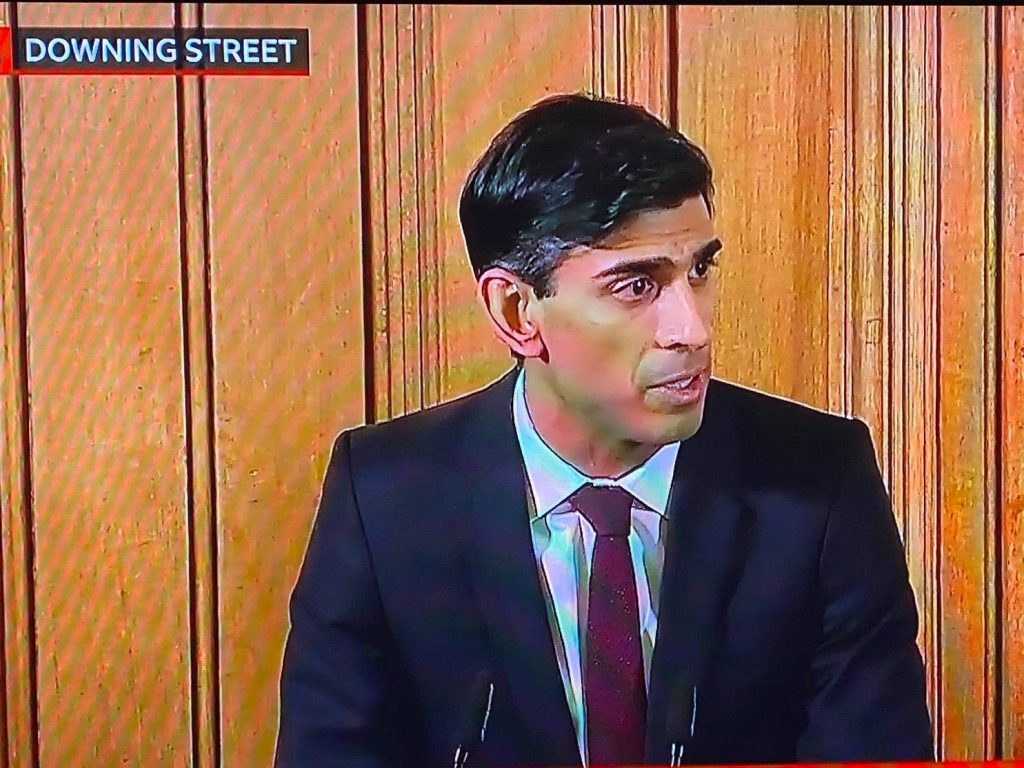At the daily No 10 briefing, Foreign Secretary Dominic Raab confirmed that Lockdown restrictions in the UK will continue for “at least” another three weeks

Mr Raab went on to say a review had concluded relaxing the measures would risk harming public health and the economy.
The extension of the UK lockdown will have both immediate and longer-term implications for UK Employers, many of which have effectively been shut down since the lockdown was first introduced on 23 March, but also for many who were perhaps holding off furloughing employees in the hope the restrictions would be relaxed sooner.
Today’s announcement comes on the back of yesterday’s update to HMRC’s guidance on the Coronavirus Job Retention Scheme, in which it was confirmed that the qualifying date, when the employee has to have been on the employer’s payroll, has changed from 28 February to 19 March 2020. This brings into scope a large number of people who fell outside the scheme because they had recently changed jobs. The 19 March date is just before the Chancellor announced details of the scheme, meaning it is still effective to prevent fraudulent claims (by businesses hiring ghost employees to claim furlough payments in respect of, as those ghost employees will not have been on PAYE on 19 March).
We have updated our Coronavirus Job Retention Scheme FAQs
HMRC have also published further details of how and when Employers can access the CJRS Online Portal.

The online claim service will be launched on GOV.UK on 20 April 2020 and the only way to make a claim is online – the service should be simple to use and any support you need will be available on GOV.UK; this will include help with calculating the amount you can claim.
HMRC have confirmed that Employers can make the claim themselves, even if they usually use an agent, and that claims will be paid within 6 working days.
Information Employers will need before they make a claim
- The bank account number and sort code you’d like us to use when we pay your claim.
- The name and phone number of the person in your business for us to call with any questions.
- Your Self-Assessment UTR (Unique Tax Reference), Company UTR or CRN (Company Registration Number).
- The name, employee number and National Insurance number for each of your furloughed employees.
- The total amount being claimed for all employees and the total furlough period.
In addition, Employers will need to have the following before 20 April 2020:
- A Government Gateway (GG) ID and password – if you don’t already have a GG account, you can apply for one online, or by going to GOV.UK and searching for ‘HMRC services: sign in or register’.
- Be enrolled for PAYE online – if you aren’t registered yet, you can do so now, or by going to GOV.UK and searching for ‘PAYE Online for employers’.
- The following information for each furloughed employee you will be claiming for:
* Name
* National Insurance Number
* Claim period and claim amount
* PAYE/employee number (optional)
- If you have fewer than 100 furloughed staff – you will need to input information directly into the system for each employee
- If you have 100 or more furloughed staff – you will need to upload a file with information for each employee; we will accept the following file types: .xls .xlsx .csv .ods.
Support for Employers
If you are an employer affected by any of the issues being created by the outbreak of Coronavirus and require further assistance and support, call us now on 0800 612 4772 or Contact us via our website.
 Advice on Settlement Agreements Employees
Advice on Settlement Agreements Employees Advice on Settlement Agreements Employers
Advice on Settlement Agreements Employers








